
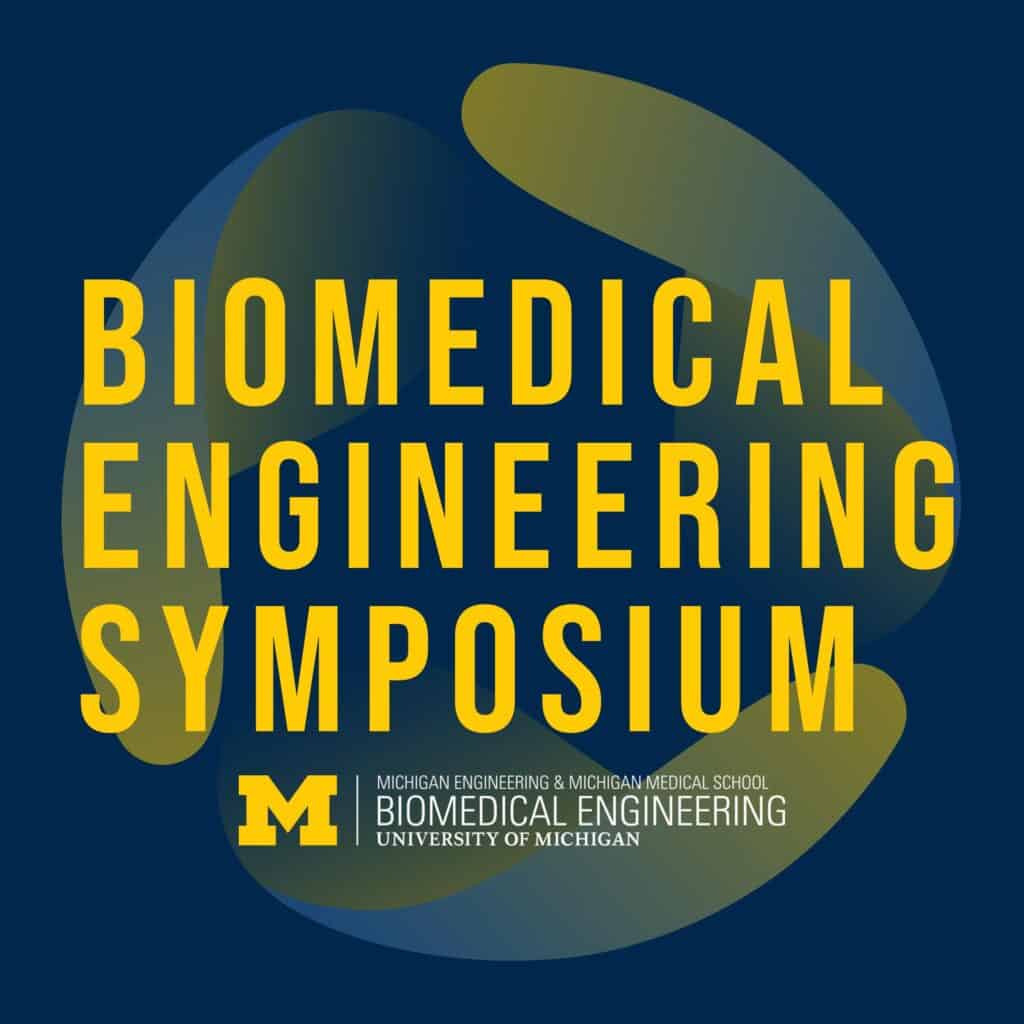
2025 BME Symposium with Glenn V. Edmonson Lecture
Tuesday, May 13, 2025
9:00 a.m. – 4:30 p.m.
North Campus Research Complex (NCRC),
Building 18 Entrance, Dining Room
2800 Plymouth Rd, Ann Arbor, MI 48105
Jump to
Thank You to Everyone Who Attended Our Event
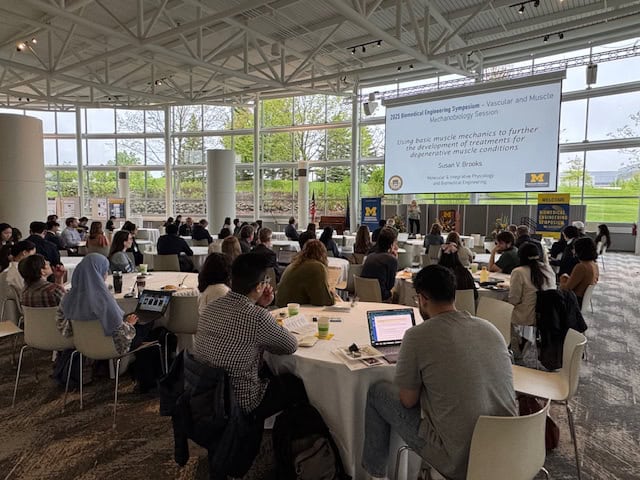
Overview
The 2025 BME Symposium with Glenn V. Edmonson Lecture was on Tuesday, May 13, at the NCRC Building 18, Dining Hall.
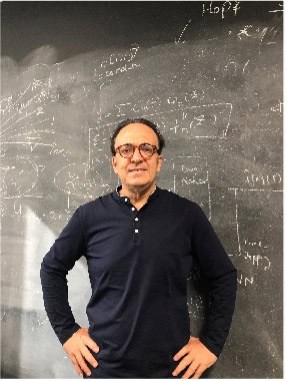
Keynote Speaker
George Em Karniadakis, Ph.D., the Charles Pitts Robinson and John Palmer Barstow Professor of Applied Mathematics, Brown University, highlighted machine learning.
Biography
George Karniadakis, Ph.D., is from Crete. He is a member of the National Academy of Engineering and a Vannevar Bush Faculty Fellow. He received his S.M. and Ph.D. from Massachusetts Institute of Technology (1984/87). He was appointed Lecturer in the Department of Mechanical Engineering at MIT and subsequently he joined the Center for Turbulence Research at Stanford/ Nasa Ames. He joined Princeton University as Assistant Professor in the Department of Mechanical and Aerospace Engineering and as Associate Faculty in the Program of Applied and Computational Mathematics. He
was a Visiting Professor at Caltech in 1993 in the Aeronautics Department and joined Brown University as Associate Professor of Applied Mathematics in the Center for Fluid Mechanics in 1994. After becoming a full professor in 1996, he continued to be a Visiting Professor and Senior Lecturer of Ocean/Mechanical Engineering at MIT. He is an AAAS Fellow (2018-), Fellow of the Society for Industrial and Applied Mathematics (SIAM, 2010-), Fellow of the American Physical Society (APS, 2004-), Fellow of the American Society of Mechanical Engineers (ASME, 2003-) and Associate Fellow
of the American Institute of Aeronautics and Astronautics (AIAA, 2006-). He received the SES G.I.
Taylor medal (2014), the SIAM/ACM Prize on Computational Science & Engineering (2021), the
Alexander von Humboldt award in 2017, the SIAM Ralf E Kleinman award (2015), the J. Tinsley Oden Medal (2013), and the CFD award (2007) by the US Association in Computational Mechanics. His h-index is 149 and he has been cited over 125,000 times.
Abstract
Machine learning has emerged as a powerful approach for integrating multimodality/multifidelity data, and for revealing correlations between intertwined phenomena and cascades of scales. However, machine learning alone does not explicitly take into account the fundamental laws of physics and thermodynamics and can result in ill-posed problems or non-physical solutions. Many human diseases are multiscale in nature, e.g., the sickle cell anemia, first characterized as molecular disease by Linus Pauling in 1949.
Multiscale modeling is an effective strategy to integrate multiscale/multiphysics data and uncover
mechanisms that explain the emergence of function, from the protein level to the organ level. However,
multiscale modeling alone may fail to efficiently combine multimodality and multifidelity datasets. We believe that machine learning and multiscale modeling can naturally complement each other to create robust predictive models that integrate the underlying biophysics to manage ill-posed problems and explore massive design spaces. To this end, we will present a new approach to develop a data-driven, learning-based framework for predicting outcomes of biological systems and for discovering hidden biophysics from noisy data (PINNs). We will also introduce DeepOnet that learns functionals and
nonlinear operators from functions and corresponding responses for system identification. Unlike other approaches that rely on big data, here we “learn” from small data by exploiting the information provided by the physical conservation laws, reactive transport and thermodynamics, which are used to obtain informative priors or regularize the neural networks. Our multidisciplinary perspective suggests that integrating machine learning and multiscale modeling can lead to creation of medical digital twins, hence,
providing new insights into disease mechanisms, help discover new treatments, and inform decision
making for the benefit of human health.
Facilities & Accessibility
Location and Parking
Parking can be found for visitors and U-M Blue passes at NC99, or U-M Blue passes in the structure, NC100.
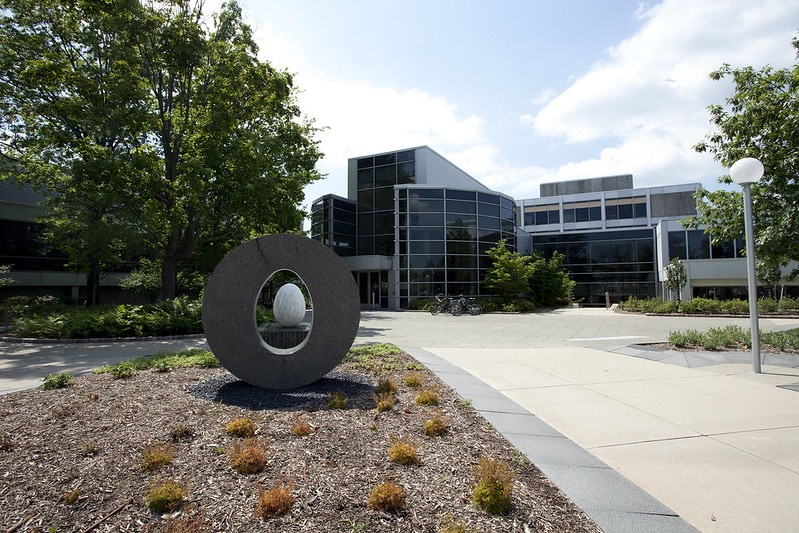
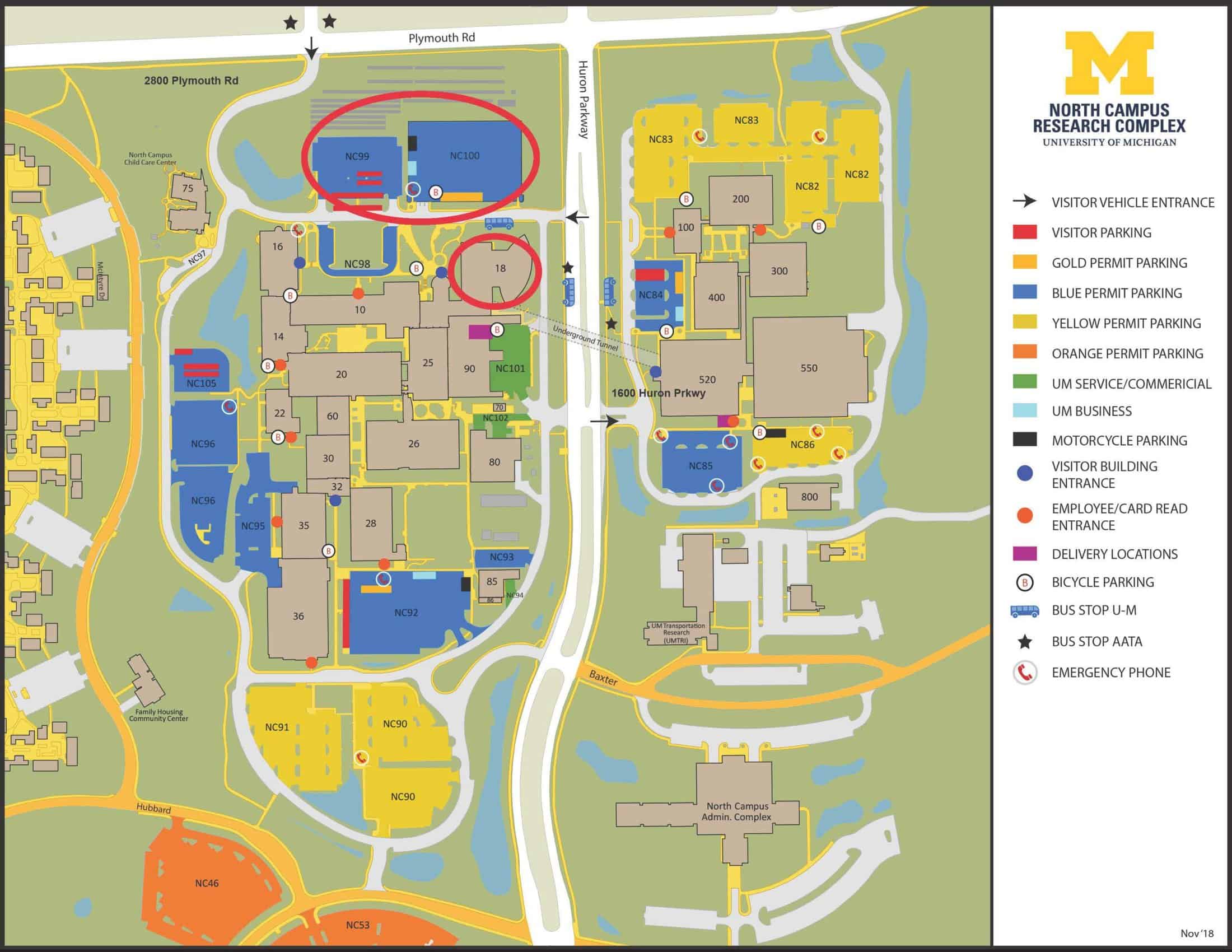
Directions and Accessibility
The main entrance to Building 18 is directly across the street from both of these parking locations. We have included a photo of the main entrance to Building 18, and attached a map of NCRC with our key locations circled in red. There is a security checkpoint at the entrance, so please have your MCard accessible, as Security may ask to see it.
Panel Speakers
Biomechanics, Mechanobiology and Genomics in Soft Tissues
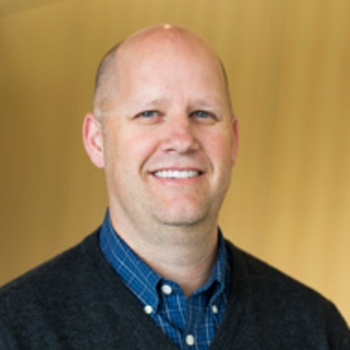
Speaker 1: Andrew Putnam, Ph.D.
Robert C. Leland, Jr. and Donna D. Leland Professor, Biomedical Engineering and Cardiovascular Medicine
Matrix, Mechanics, and Morphogenesis
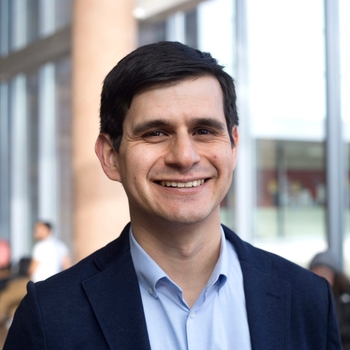
Speaker 2: Carlos Aguilar, Ph.D.
Associate Professor, Biomedical Engineering
Understanding & Rewriting the Genomic Music of Old Muscle Stem Cells
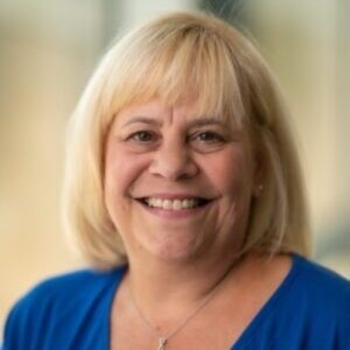
Speaker 3: Susan Brooks, Ph.D.
Professor, Biomedical Engineering
Professor, Molecular and Integrative Physiology
Using basic muscle mechanics to further the development of treatments for degenerative muscle conditions
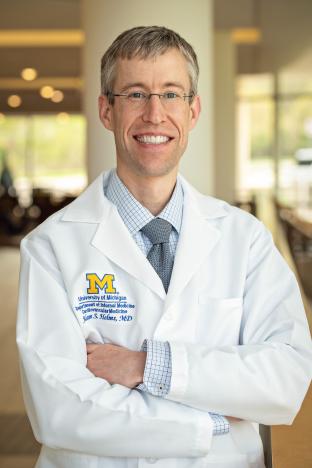
Speaker 4: Adam Helms, M.D.
Assistant Professor, Internal Medicine,
Division of Cardiovascular Medicine
Cardiac tissue models of cell junction disorders
Biomedical Engineering Student Oral Prize Session

Student / Post-Doc 1
Harkirat Singh Arora, Ph.D. Student
A mechanistic neural network model predicts both potency and toxicity of antimicrobial combination therapies

Student / Post-Doc 2
Kate Griffin, Ph.D. Student
Induction of antigen-presenting monocyte-derived dendritic cells by nanoparticles inhibits metastasis and relieves immunosuppression in the metastatic niche
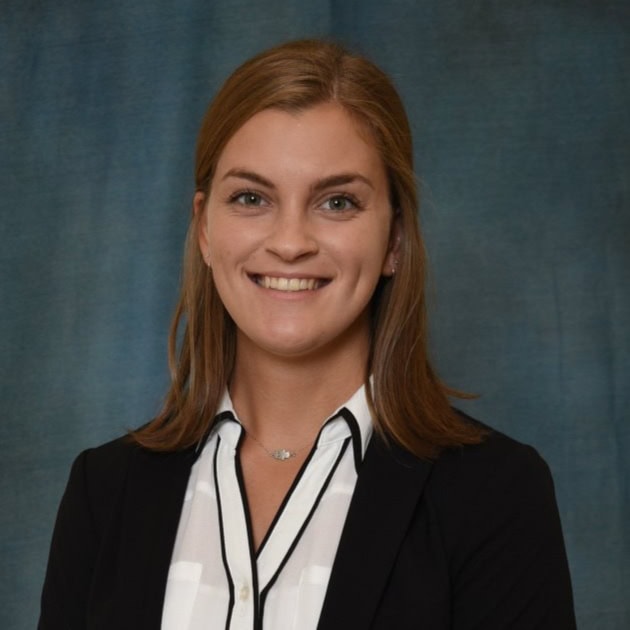
Student / Post-Doc 3
Maggie Jewett, Ph.D. Student
Engineering vascularized, myocardial patches for mending broken hearts

Student / Post-Doc 4
Delaney Sinko, Ph.D. Student
Microporous Immune Isolating Capsule with Improved Diffusion for Restoration of Ovarian Endocrine Function and Immune Protection
Computation and Machine Learning in Biomedical Engineering
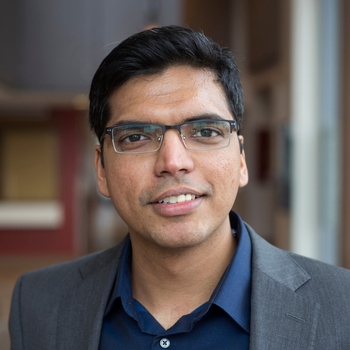
Speaker 1: Sriram Chandrasekaran, Ph.D.
Associate Professor, Biomedical Engineering
Drug discovery using Mechanistic AI
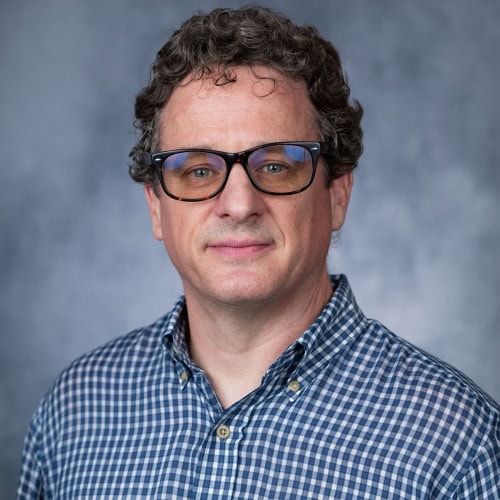
Speaker 2: Dan Beard, Ph.D.
Carl J Wiggers Collegiate Professor of Cardiovascular Physiology
Professor of Molecular and Integrative Physiology
Director Graduate Studies, Molecular and Integrative Physiology
Professor of Internal Medicine
Professor of Emergency Medicine
Professor of Biomedical Engineering
Metabolic and Mechanical Determinants of Reserve Cardiac Power Output
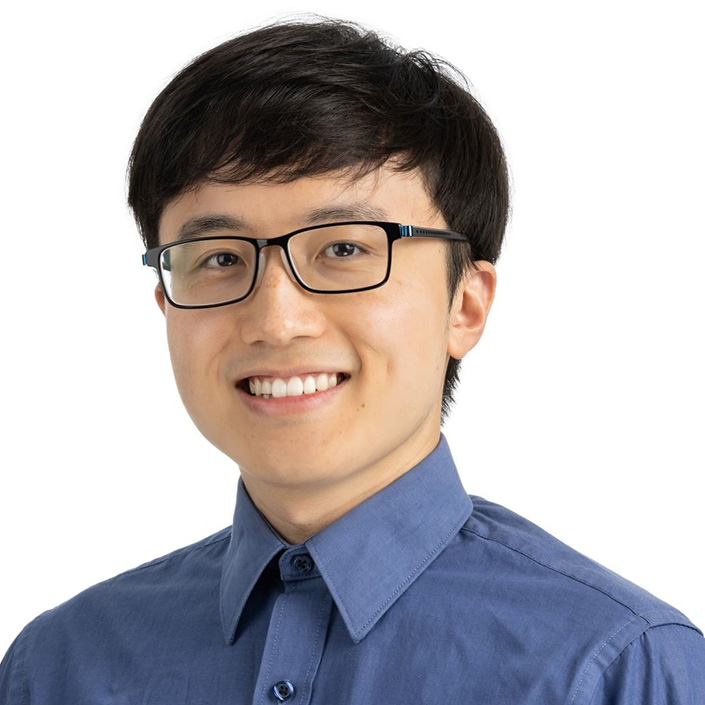
Speaker 3: Kevin Zhou, Ph.D.
Assistant Professor, Biomedical Engineering
Assistant Professor (affiliate), EECS – Electrical and Computer Engineering
High-performance computational optical imaging
Neural Engineering, Interfaces, and Prosthesis

Speaker 1: Jim Weiland, Ph.D.
Professor, Biomedical Engineering
Professor, Ophthalmology and Visual Sciences
Intraretinal Stimulation for High Resolution Artificial Vision
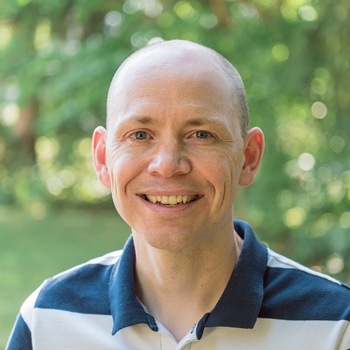
Speaker 2: Tim Bruns, Ph.D.
Associate Professor, Biomedical Engineering
From Rodents to Clinic: Exploring Neuromodulation Therapies for Female Sexual Dysfunction
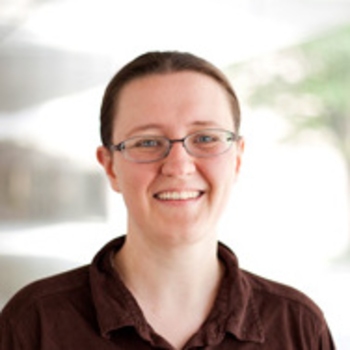
Speaker 3: Cindy Chestek, Ph.D.
Professor, Biomedical Engineering
Associate Chair for Research in Biomedical Engineering (College of Engineering)
Professor, Electrical Engineering and Computer Science, Professor, Robotics
Neural Prosthetics for Restoring Finger Movements
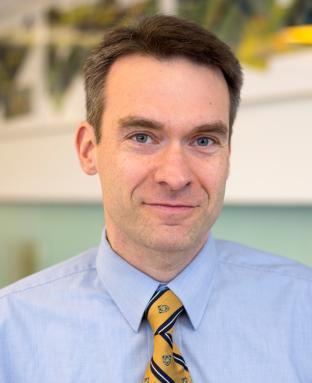
Speaker 4: William Stacey, M.D., Ph.D.
Michigan Neuroscience Institute Affiliate
Professor of Neurology
Professor of Biomedical Engineering
Back to basics: using first-year tools for direct clinical translation of EEG signals
BME Symposium with Glenn V. Edmonson Lecture
- Event Date: May 13, 2025
- Location: NCRC, Bldg. 18, Dining Hall (the “Football”)
Event Schedule
| 8:00 – 9:00 a.m. | Set-Up with Breakfast |
| 8:30 a.m. | Doors Open for Guests |
| 9:00 – 9:10 a.m. | Welcome / Announcements / Awards |
| 9:10 AM – 10:10 a.m. | Biomechanics, Mechanobiology and Genomics in Soft Tissues Speaker 1: Andrew Putnam, Ph.D. Speaker 2: Carlos Aguilar, Ph.D. Speaker 3: Susan Brooks, Ph.D. Speaker 4: Adam Helms, Ph.D. |
| 10:10 – 10:20 a.m. | 10-minute break |
| 10:20 – 11:00 a.m. | Biomedical Engineering Student Oral Prize Session Harkirat Singh Arora, Ph.D. Student Kate Griffin, Ph.D. Student Maggie Jewett, Ph.D. Student Delaney Sinko, Ph. D. Student |
| 11:00 – 11:45 a.m. | Posters |
| 11:45 a.m. – 12:30 p.m. | Lunch Break |
| 12:30 – 12:40 p.m. | Introduction to Endowed Lecture and Headline Speaker (Prof. George Em Karniadakis) |
| 12:40 – 1:40 p.m. | Headline Address w/ Q&A |
| 1:40 – 1:50 p.m. | 10-minute break |
| 1:50 – 2:50 p.m. | Computation and Machine Learning in Biomedical Engineering Speaker 1: Sriram Chandrasekaran, Ph.D. Speaker 2: Dan Beard, Ph.D. Speaker 3: Rhima Coleman, Ph.D. Speaker 4: Kevin Zhou, Ph.D. |
| 2:50 – 3:00 p.m. | 10-minute break |
| 3:00 – 4:00 p.m. | Neural Engineering, Interfaces, and Prosthesis Speaker 1: Jim Weiland, Ph.D. Speaker 2: Tim Bruns, Ph.D. Speaker 3: Cindy Chestek, Ph.D. Speaker 4: William Stacey, Ph.D. |
| 4:00 – 4:30 p.m. | Closing remarks and announcement of poster/talk winners. Guests are encouraged to view posters again until they are removed at 4:30 p.m. |
| Conclude at 4:30 p.m. | Event Ends |
Contact us
Questions? Send us an email.